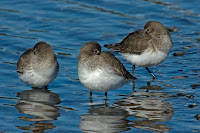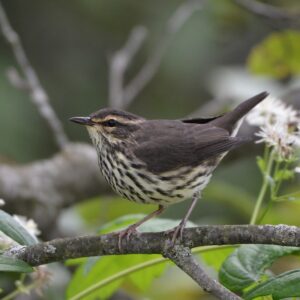IBAs are not only key sites for birds, but also many animals and plants, making them significant sites for biodiversity conservation. The 30 IBAs in Uganda provide a good example: they cover only 8% of the country yet hold 74% of Uganda’s 1, 247 recorded butterfly species, of which 82% are endemic.
“Having failed to hit the 2010 targets, we cannot afford to fail again. Governments, civil society and businesses must all pull together to tackle the pressing issue of biodiversity loss – and birds signpost some very practical ways to make progress,” says Dr Leon Bennun, BirdLife’s Director of Science, Policy and Information.
Dr. Stuart Butchart, BirdLife’s Global Research and Indicators Coordinator adds, “Birds are very useful for identifying the specific actions required to meet these new targets, and for tracking the implementation and impact of such actions. Being widespread, well studied, and highly responsive to environmental change, birds are very valuable indicators.”
Given the importance of IBAs for biodiversity conservation, an IBA Protection Index – one example of how IBAs can be used to track progress – measures what percentage of these priority sites fall within protected areas networks. IBAs in protected areas are shown to be in better condition than those that exist outside of sites formally protected by governments. Measuring the level of protection of IBAs enables Parties to the CBD to track their progress towards biodiversity conservation – a commitment they’ve made under the Convention. IBA indices show that, on average, 39% of each IBA’s area is protected, while 26% of IBAs are completely protected.
Additionally, the report demonstrates how birds provide strong evidence on the impacts of climate change on biodiversity. Information obtained from birds can be useful for climate change adaptation efforts.




